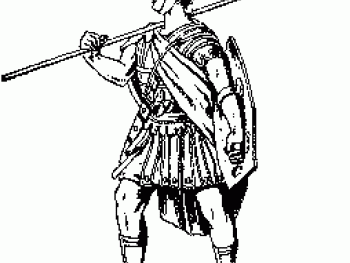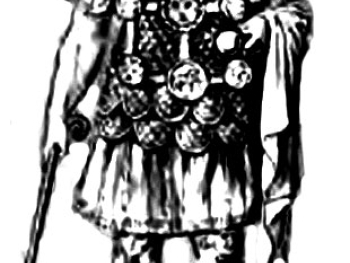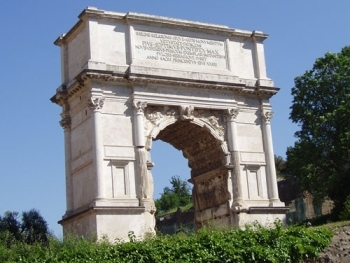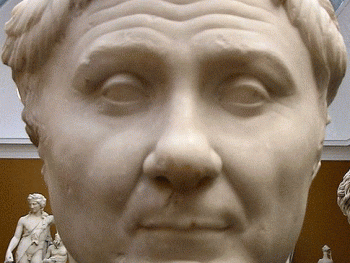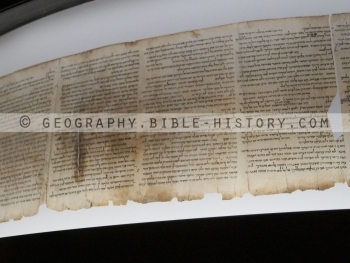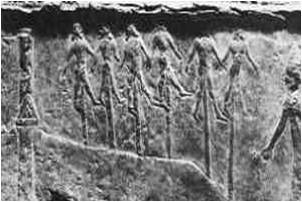The pyramids of Egypt stand as iconic symbols of ancient Egyptian civilization, representing remarkable architectural and engineering achievements. Constructed as tombs for pharaohs, these colossal structures continue to captivate the world with their grandeur and mystery. So, how did the ancient Egyptians manage to build such monumental pyramids?
1. Planning and Design: The construction of pyramids involved meticulous planning and precise architectural design. Skilled architects and engineers, working under the direction of the pharaoh, devised detailed blueprints for each pyramid. They carefully calculated the dimensions, angles, and alignments, ensuring the pyramids aligned with celestial bodies and served as monumental tributes to the pharaohs' power and divine connection.
2. Quarrying and Transportation: One of the key challenges in pyramid construction was obtaining the enormous stones needed for their construction. The ancient Egyptians quarried limestone and granite from nearby sources. Using copper and stone tools, they cut the stones into large blocks and shaped them with impressive precision. These blocks were then transported to the construction site.
Transporting the massive stone blocks involved an ingenious method. They used sledges and ropes to drag the stones across the desert sands. Wetting the sand in front of the sledges reduced friction, allowing for smoother movement. The process required a considerable labor force, and evidence suggests that ramps were also employed to lift the stones to higher levels during construction.
3. Construction Techniques: As the pyramid took shape, the builders employed layering techniques to ensure stability and durability. The pyramids were built in layers of horizontally laid stones, with each layer slightly smaller than the one below. The stones were carefully aligned and tightly fitted to create a solid structure.
To fill the gaps between the stones, the builders used a combination of mortar made from limestone, sand, and water, along with limestone chips known as "Tura." This technique provided stability and prevented the stones from shifting over time.
4. Internal Chambers and Passageways: Inside the pyramids, complex internal structures were created. Chambers, corridors, and burial chambers were carefully constructed to house the pharaoh's sarcophagus and treasures. These spaces were designed with intricate precision, often incorporating ventilation shafts and hidden passages.
The construction of the ancient Egyptian pyramids was a testament to the ingenuity, engineering skills, and sheer determination of the civilization. Through meticulous planning, innovative techniques, and the dedicated efforts of a vast workforce, the Egyptians achieved awe-inspiring architectural feats that have endured for millennia.
Today, the pyramids stand as a testament to the ancient Egyptians' mastery of construction and their unwavering belief in the afterlife. These magnificent structures continue to inspire wonder and curiosity, reminding us of the incredible achievements of one of the world's most remarkable civilizations.
